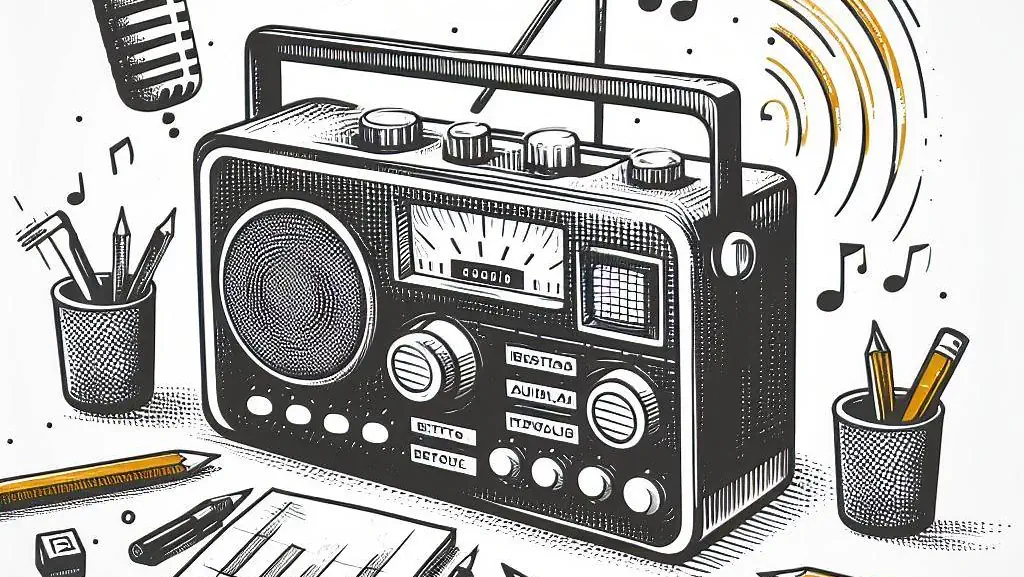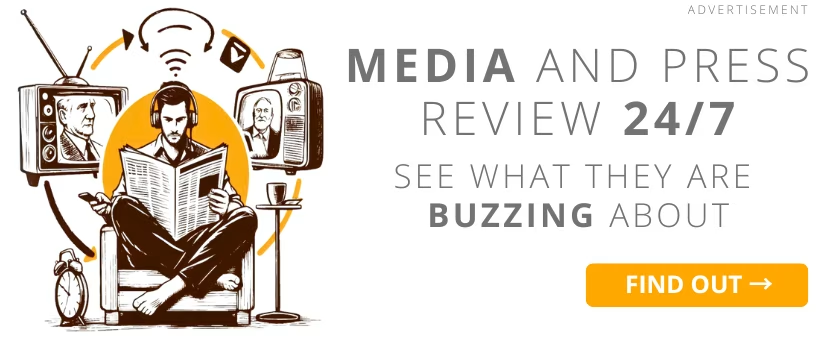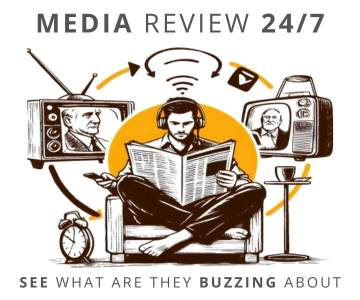 illustration: bing.com/create
illustration: bing.com/createThe latest generation of Digital Audio Broadcasting technology, known as DAB+, uses digital audio encoding to transmit radio signals. Unlike analog radio, which uses amplitude modulation (AM) or frequency modulation (FM), DAB+ uses digital frequency modulation (DFM). DFM allows for transmitting more data using the same amount of bandwidth, providing higher sound quality and better resistance to interference.
Advantages of DAB+
Higher sound quality. DAB+ offers better sound quality than analog radio. DAB+ can transmit audio at resolutions up to 24-bit/96 kHz, delivering clarity and detail unavailable with analog radio.
Better interference resistance. DAB+ is more resistant to interference than analog radio. This means cleaner and more audible sound in areas where signal interference occurs.
More features. DAB+ allows broadcasters to offer additional services, such as:
- text accompanying audio
- subtitles
- weather information
- traffic information
- news updates
Disadvantages
Hardware requirements. To listen to DAB+ radio, you need a DAB+ receiver. DAB+ receivers are available on the market but may be more expensive than analog radio receivers.
Availability. DAB+ is still in the implementation phase in many countries, including Poland. Not all radio stations offer DAB+ yet, and DAB+ coverage may be limited. According to Poland’s National Broadcasting Council:
- 94% of new cars in Europe come with built-in DAB+ digital radio
- in Poland, this percentage is 92%
DAB+ is a technology with great potential that could change the way we listen to radio. Whether it will become a universal radio standard will impact radio’s future as a medium.
Improving DAB+ receiver availability and expanding DAB+ coverage are the main challenges facing this new technology today. If successful, DAB+ could paint the future of radio in entirely new colors.
COMMERCIAL BREAK
New articles in section Media industry
Advertising market 2025. Poland, Europe and the World
Marcin Grządka
The global advertising market is growing by 8.8% in 2025 and will reach a value of 1.14 trillion dollars. The industry result in Europe records slightly lower dynamics, at the level of 5.8%. In this comparison, Poland performs clearly above the average. We will record an increase of 8.9% this year and a value of 18.56 billion PLN - estimates WPP Media in the annual report "This Year Next Year".
The print media market 2025. Three global trends
Krzysztof Fiedorek
The market value is 359.53 billion dollars, yet the erosion is visible to the naked eye. The decline for newspapers will amount to -2.3 percent. Despite this, print retains strength: it generates 76 percent of subscription revenues and enjoys 82 percent consumer trust. The future of the industry is defined by hybrid strategies and niche specialization.
Journalism in the age of AI. Why people prefer humans over machines
Krzysztof Fiedorek
Only 12% of people accept news created solely by AI, while 62% prefer those written by humans. At the same time, only 19% notice labels indicating the use of artificial intelligence, while younger audiences ask AI to explain the content to them. These are the findings of the Reuters Institute report on artificial intelligence in media.
See articles on a similar topic:
COVID-Skeptics in Media. Dentsu Agency Study
BARD
A significant presence of COVID-skepticism, which downplays the pandemic or focuses on conspiracy theories, accounts for approximately 8% of online content related to the coronavirus. The primary sources of knowledge about COVID-19 and the current situation are the internet, social media, television, and increasingly, family and friends.
Greenwashing storms media in Poland. Business feel the impact too
BDw
A surge in media coverage reveals a new reality: ESG isn't just a corporate responsibility buzzword anymore - it's a battlefield. According to the Institute of Media Monitoring (IMM), Polish media mentioned "greenwashing" in 619 publications and "eco-hypocrisy" in another 545 in Q1 2025.
Milgram Experiment 2023. AI Can Encourage Violence
KrzysztoF
Researchers from SWPS University replicated the famous Milgram experiment, in which participants were instructed to inflict pain on another person under the authority’s command. This time, the authority was a robot. It’s the first study showing that people are willing to harm another person when a robot commands them to do so.
Virtual Influencers Perceived as More Authentic than Real Ones
Agnieszka Kliks-Pudlik
Virtual influencers are fictional, generated characters that imitate the appearance and behaviour of real people. They have millions of followers. They are perceived by Gen-Alpha as even more authentic than real people, which creates many challenges, says Dr. Ada Florentyna Pawlak.





























